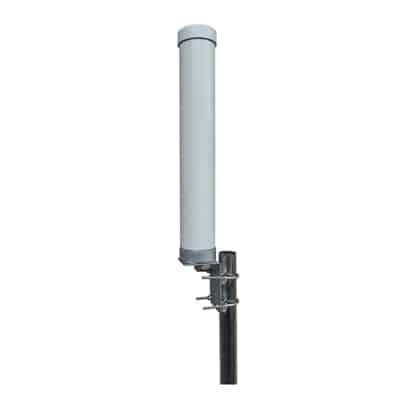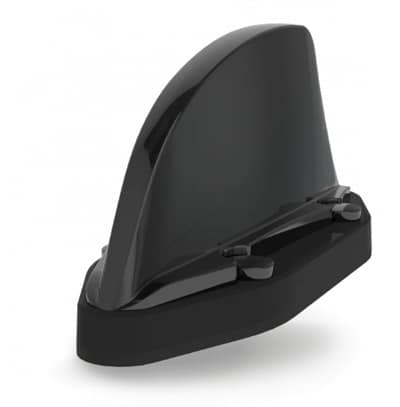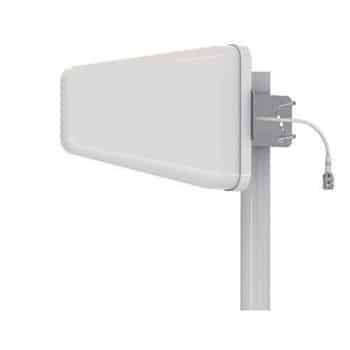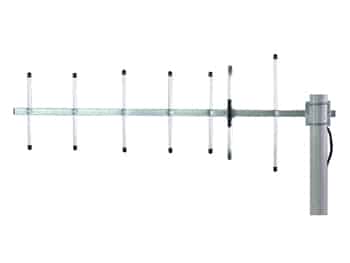
IoT applications are diversifying in the scale of implementation. Now IoT devices are not connecting to a router in the house to send temperature data but can monitor the soil health of an entire farm. Such scalability is due to the addition of trending LPWAN technologies. LoRa and Sigfox are the frontrunners among non-cellular LPWAN IoT technologies, and here we are comparing them.
Table of Contents
ToggleWhat is Sigfox?
We have introduced what is sigfox in details before, Sigfox is a proprietary LPWAN technology that operates on UNB (Ultra Narrow Band). It operates through one partner per country and on different frequency bands complying with each country, including 868MHz in Europe and 902MHz in the USA. While Sigfox claims to have the highest range of LPWAN (10 to 40 KM), the data rate and bandwidth are quite limited.
A Sigfox device can send up to 140 messages a day at 300 bits/s. the payload for Sigfox is 12 bytes uplink and 8 bytes downlink. Not only that, the technology has limited bidirectional communication. Sigfox is already established in 72+ countries through a vast partner network.
What are LoRa and LoRaWAN?
LoRa stands for Long Range. Similarly, LoRaWAN stands for Long-range wide area network. The physical layer LoRa is part of the network protocol LoRaWAN. Unlike Sigfox, LoRaWAN is managed by LoRa Alliance. Here the radio technology (LoRa) is proprietary, but the network LoRaWAN has open specifications.
LoRaWAN can have one more network provider in a country. The range of LoRa is slightly lesser than Sigfox, but LoRaWAN overcomes many limitations of Sigfox, as covered here in the following sections.
Difference between LoRaWAN and Sigfox
These non-cellular LPWAN technologies are quite different compared to each other. Here are some of the significant differences between these cutting-edge technologies
1. Bandwidth
LoRaWAN has a bandwidth of 250KHz and 125KHz, while Sigfox has a much lower bandwidth of 100Hz.
2. Proprietary ownership
Semtech owns the proprietary rights for LoRa(the physical layer), while LoRaWAN is an open network specification. In the case of Sigfox, the company has complete ownership and control over the physical layer and the network.
3. Payload capacity
Sigfox has a much lower payload capacity; 12 bytes for uplink and 8 bytes for downlink. For LoRa, the maximum payload length is 243 bytes. As such, Sigfox can only support IoT applications where a limited payload suffices. Hence, one can not use Sigfox for sophisticated IoT systems with higher data needs.
4. Message capacity
SigFox offers a limited message capacity with the Uplink 140, Downlink 4 messages/day. LoRaWAN, on the other hand, offers unlimited message capacity.
5. Communication range
Here’s where Sigfox outperforms LoRa. LoRaWAN provides a range of 5 km in urban and 20 km in rural areas. SigFox offers a coverage of 10 km in urban areas and 40 km in rural areas.
6. IoT devices
With Sigfox, one can only use end devices that are Sigfox certified. On the other hand, LoRaWAN does not have any such limitations with end devices, and users get a choice to pick their hardware from many vendors.
7. End applications
Sigfox’s limitations in sending messages make it suitable for applications where monitoring or sensing is the only use case. LoRaWAN can communicate with end devices and send commands to operate accordingly.
What can Tesswave do for you?
Tesswave provide 100+ antenna products and you can contact us for antenna customized solutions, get in touch with us today to get a Free quote.
Get an Instant Quote
Get a FREE quote and we will contact you within an hour
Sigfox or LoRaWAN: Which is better?
Both these technologies have their own strengths in particular applications. However, Sigfox has some definitive limitations, narrowing down the scope of its applications. Sigfox can serve wide-area applications where limited payload and bandwidth can suffice. As a result, Sigfox is an ideal choice to connect M2M devices, but it has a recurring cost to it.
On the other hand, LoRaWAN can offer a long coverage without limiting bidirectional communication, messaging capacity, or control of end devices. On top of that, the LoRaWAN network can be autonomous with multiple network providers for any country.
Wide, inexpensive, and easier applications make LoRaWAN a compelling option for building an IoT solution. It’s scalable, proven, and has a wide community of LoRa Appliance partners. To sum up, LoRaWAN is much more versatile, accessible, and resourceful, with very little downside on coverage range against Sigfox.
Vulnerability of Sigfox & LoRaWAN
LPWAN, especially, LoRa and Sigfox, are susceptible to different threats and risks. In some common cases, the attacker monitors user activities and replays them to get access to the server. However, Sigfox and LoRaWAN both have several security measures against these limitations.
Sigfox operates with 192KHz in Ultra Narrow Band, and spatial diversity of +20 dB base stations provides a unique anti-jamming feature. It also offers an offline airgap between communication, and the technology doesn’t support big payload transfer, so devices can not share confidential information.
Likewise, LoRa uses AES-128 encryption and has several encryption layers. LoRaWAN applies a network session key and an application session key to the transmission. They are useful for encrypting each payload. However, adversaries can recreate the key. Making it vulnerable to replay attacks, wormhole attacks, jamming, and physical threats.
The future of Sigfox & LoRaWAN
Both of those technologies have been prominent non-cellular LPWAN technologies. Since their debut, both technologies have grown in the last decade. However, the outlook doesn’t look good for Sigfox in terms of current growth predictions.
LoRaWAN and its sustainable & flexible business model outperform Sigfox’s latest figures. To this extent, Sigfox has asked for “rehabilitation” in France, allowing them to restructure with credit protection. LoRaWAN is a multi-vendor technology and is not essentially tied to Semtech’s success.
LoRaWAN is efficient yet cheaper to implement because of affordable hardware and lower network charges. Moreover, customers can buy a variety of LoRaWAN IoT devices(LoRaWAN gateways and sensors etc.) from different manufacturers and build their IoT network with ease. Therefore, in comparison, LoRaWAN is one of the most accessible LPWAN technologies, beaming to the promising future ahead.
Summary
The contest between LPWAN technologies is getting intense with more organizations and governments working on long-range IoT solutions. It would be interesting to see how well Sigfox would fare against other LPWAN technologies. However, at this point, LoRaWAN is quite ahead of Sigfox in terms of popularity and versatility.
Tesswave is one of famous LoRa LoRawan antenna manufacturers based in China, our antenna series covered 868/915MHz frequency band for worldwide used. Please contact us and request a competitive quotation.







